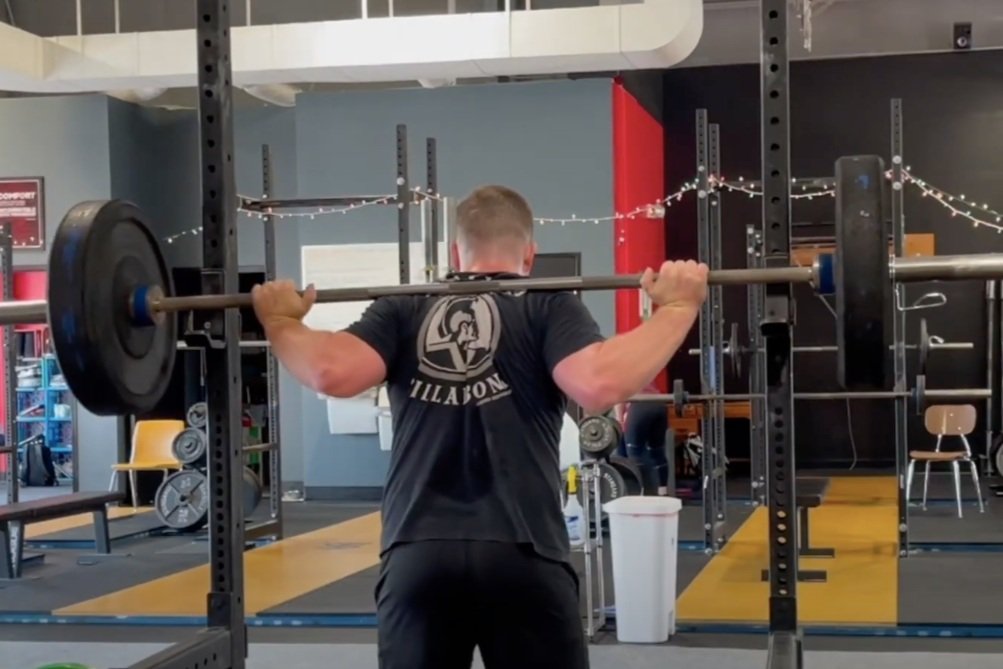The Pause Squat: What, How, and Why
/In several of our previous articles, we’ve covered the pin squat, box squat, and tempo squat. Today, let’s briefly discuss the pause squat.
What is a pause squat?
A pause squat is a squat wherein you descend, pause for a moment at the bottom of the movement, and then squat the weight back up again.
How do you perform a pause squat?
You descend as you would in a normal squat - hips go back, knees go forward and out (staying in line with your toes), and your chest points down.
At the bottom of the squat, you’re simply going to pause in this position. A two-second pause at the bottom is very common, and make sure you’re not cheating the pause. If you’ve got a training partner to count aloud “one-thousand-one, one-thousand-two,” that’s ideal. If you don’t, be sure to remind yourself to count slowly in your head, or as some lifters do, you can simply count to three or four instead since most people count fast under a challenging load.
After the pause, drive the hips up out of the hole as you would in a normal squat and continue your ascent.
Why might you do pause squats or where might you see them in your programming?
Let’s say your coach has programmed you within a Heavy-Light-Medium structure or something similar - in this case, you might see a pause squat show up as a medium day squat or a light day squat (the loading and volume need to be carefully managed - especially if it’s a light day squat).
Due to the pause at the bottom, the pause squat - like the pin squat and box squat - eliminates the stretch reflex (the “bounce”) out of the bottom, so it’s a disadvantaged squat, and thus you’ll need to use a lighter weight than with your regular squat, so it fits the bill for a medium or light squat. However, as with the pin squat and box squat, remember that “lighter” does not necessarily mean easy.
The pause squat can also be useful for a number of other reasons - one of which is that it can help a lifter focus on a specific aspect of his technique. For example, if Billy is working on hitting the correct position at the bottom of the squat, this forces him to spend some quality time in that position and allows him to focus on being leaned over, having the hips back, keeping the knees out, etc.
If Billy has the highly specific medical condition known as grumpy knees, the pause squat can provide a valuable way to squat as it eliminates the stretch reflex out of the bottom. Make no mistake - the “bounce” that you normally use in the squat is very productive and makes for a more effective and efficient muscular contraction, but if you’ve got knees that are giving you some problems, you might find that the pause squat works quite well for you.
As always, we hope this helps you get stronger and live better.
(Some links may be affiliate links. As an Amazon Associate, Testify earns from qualifying purchases.)













